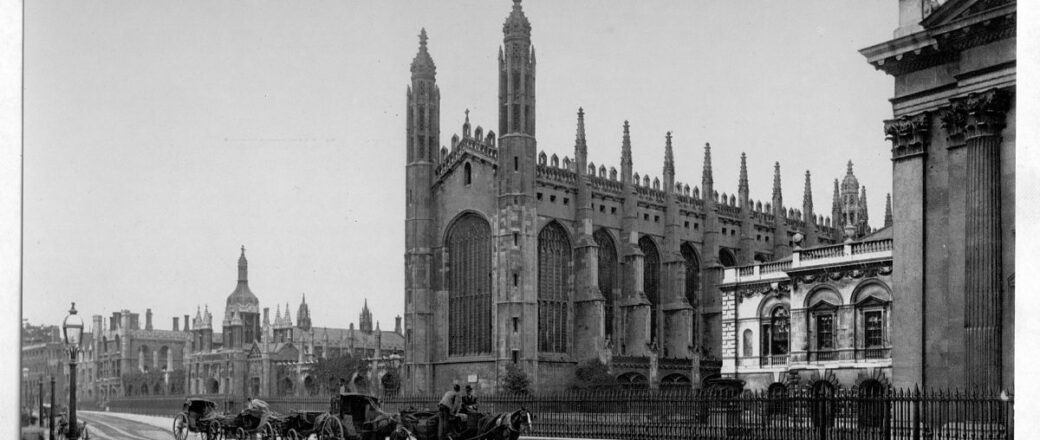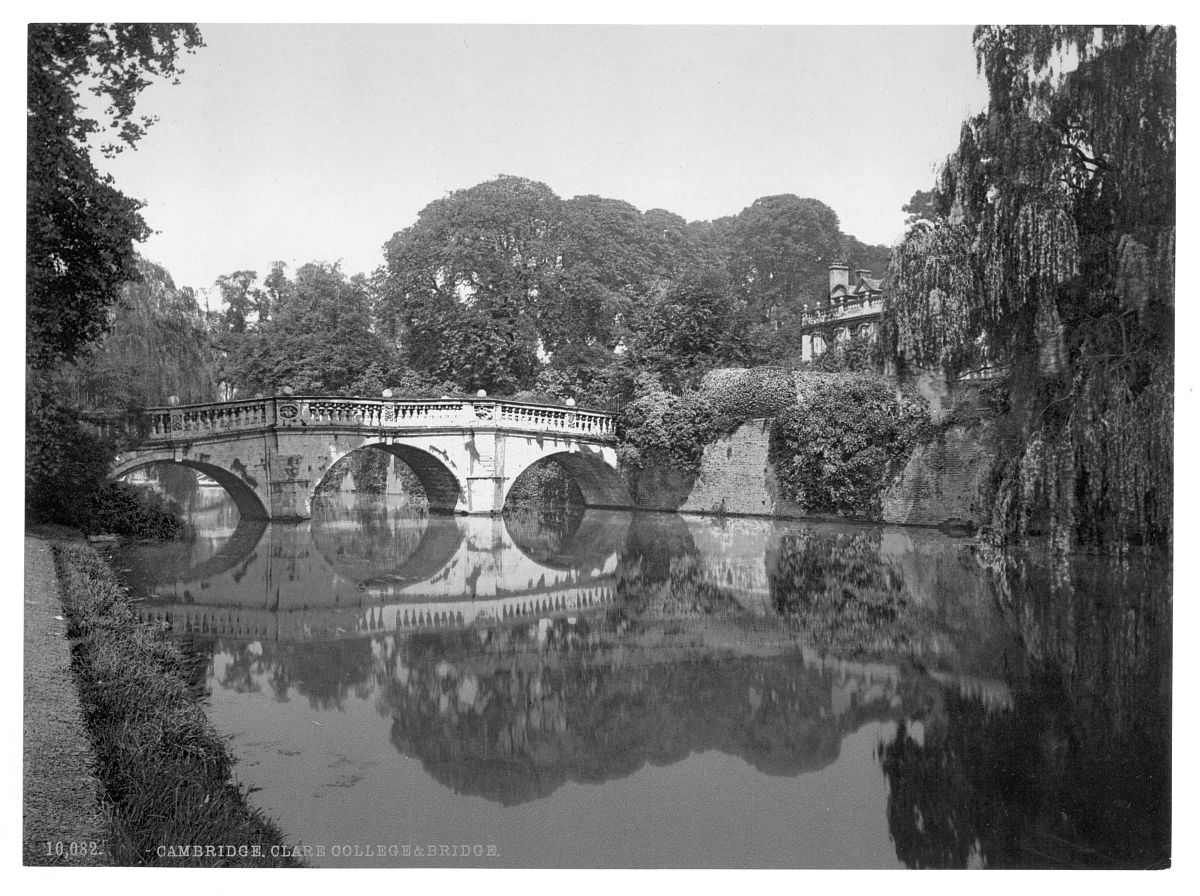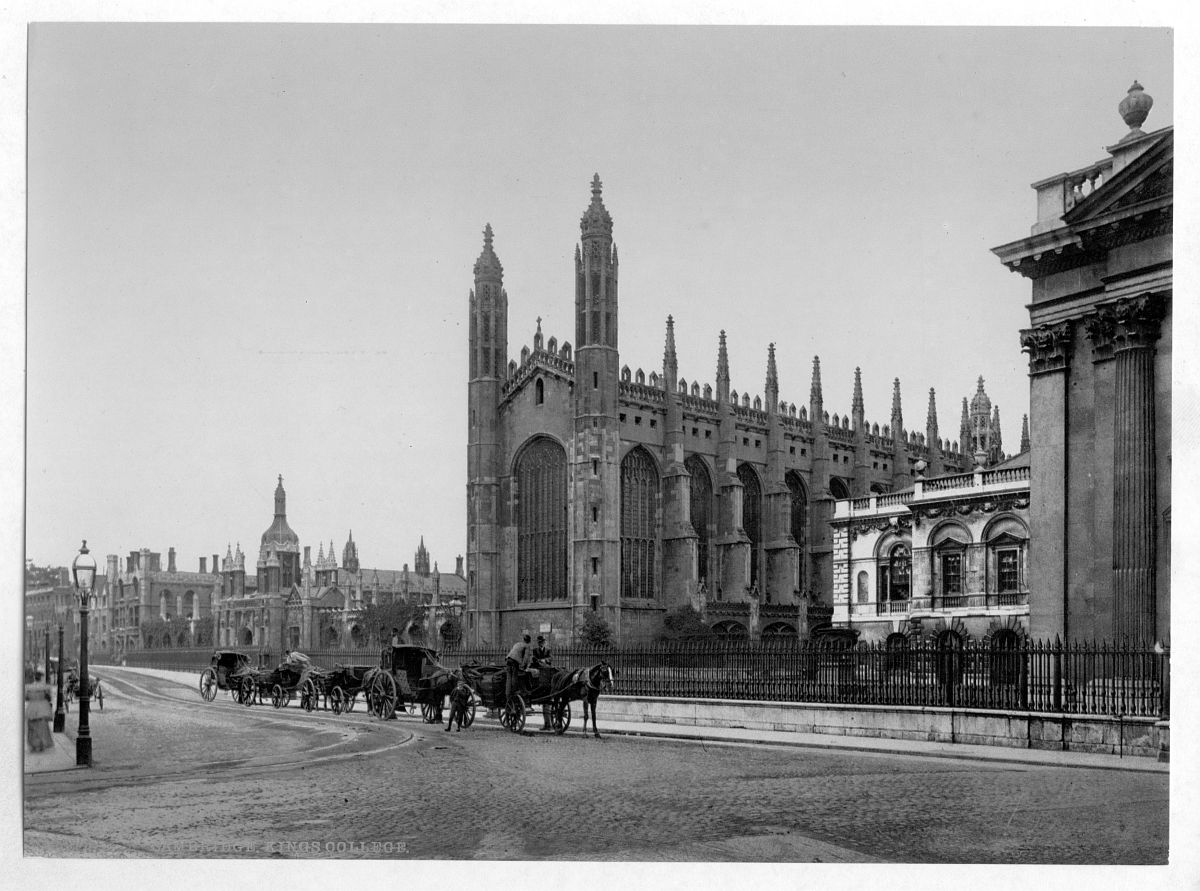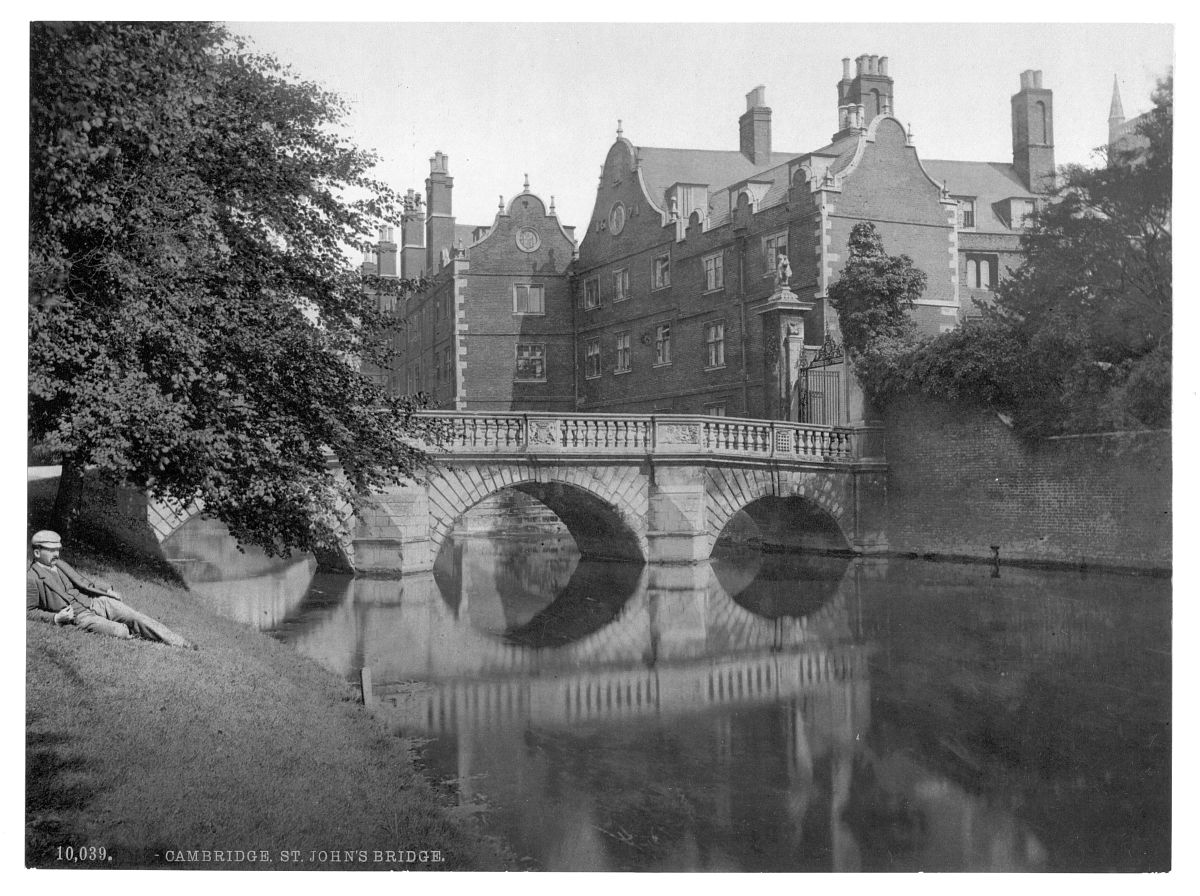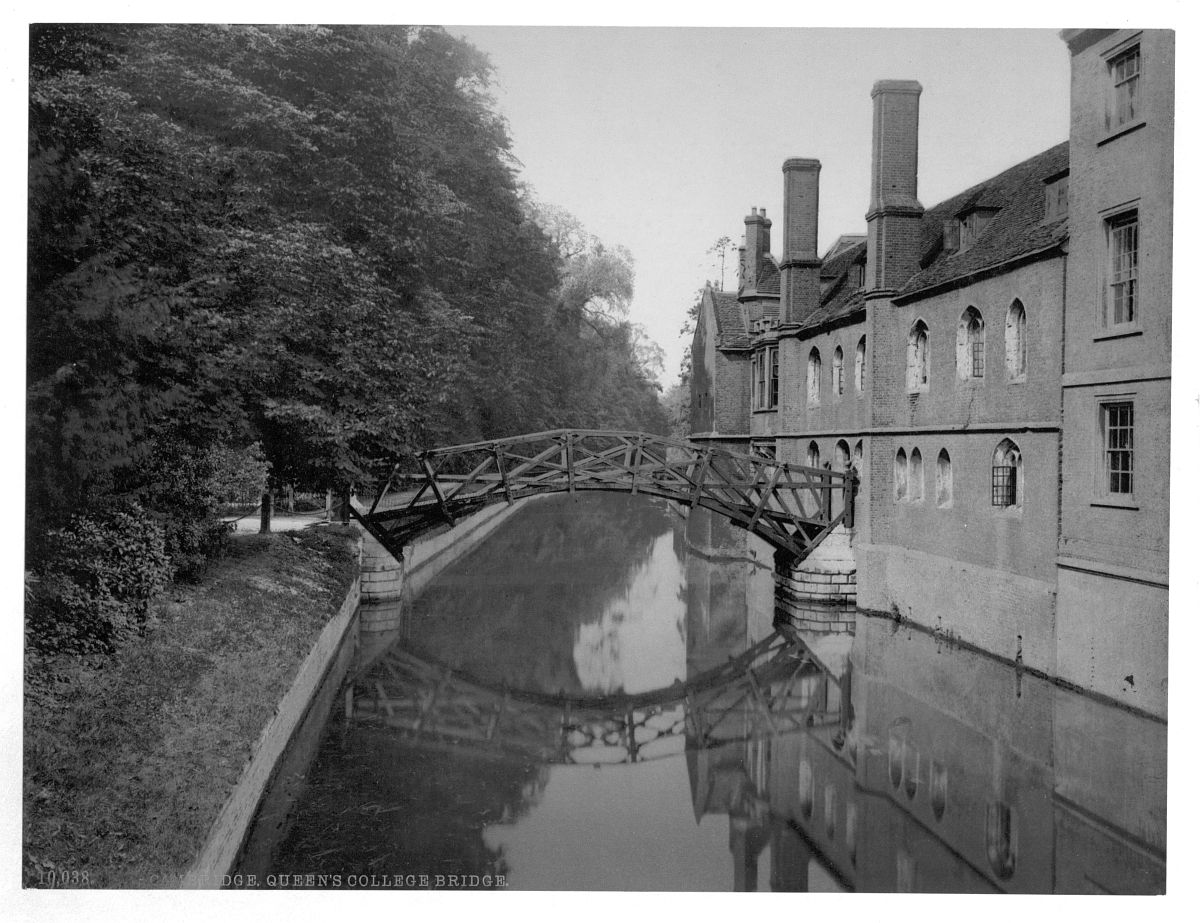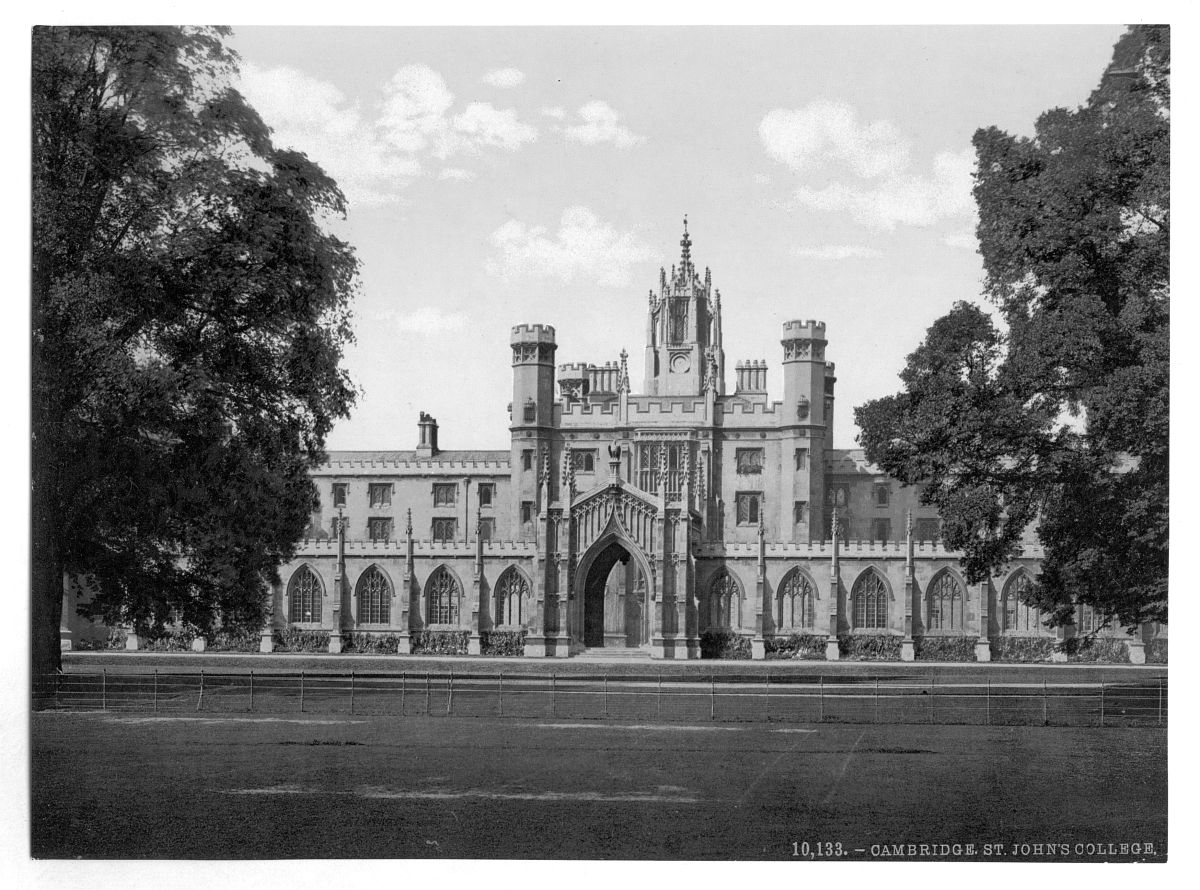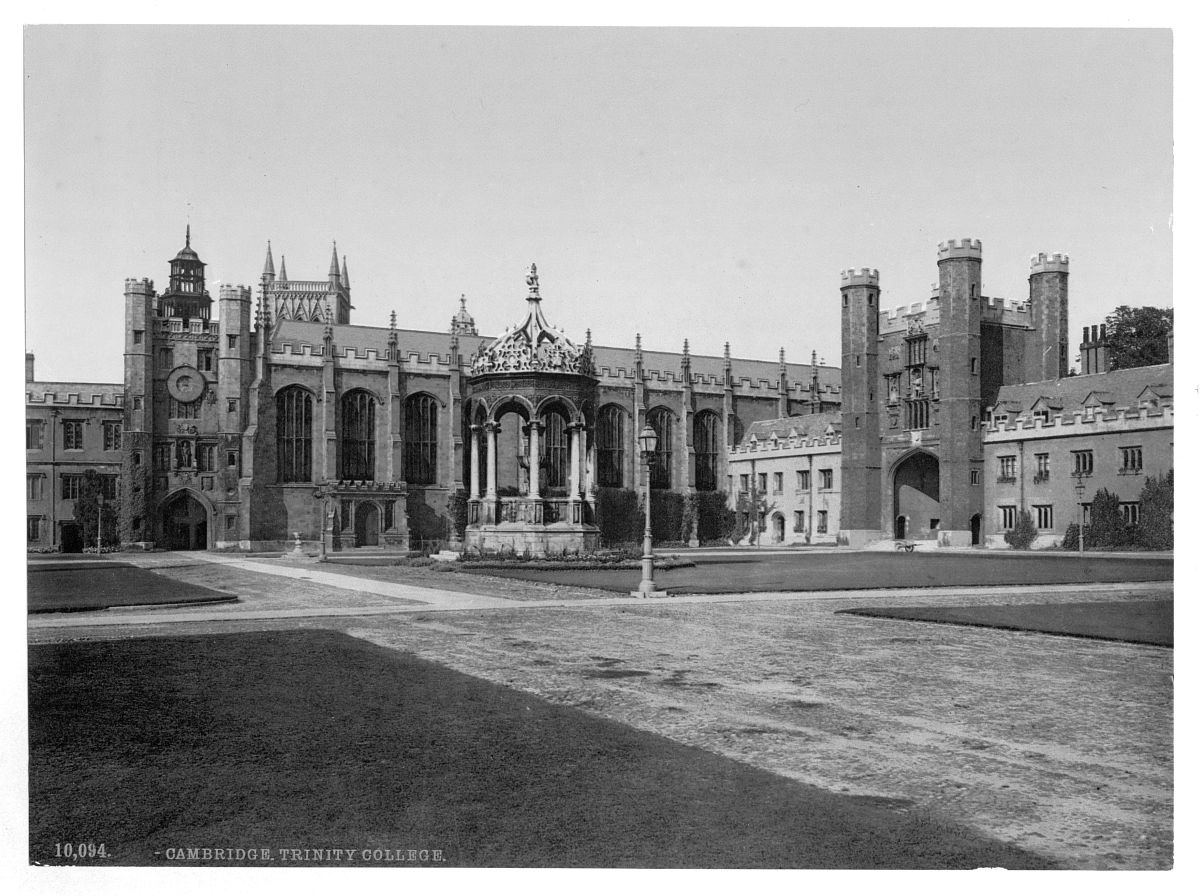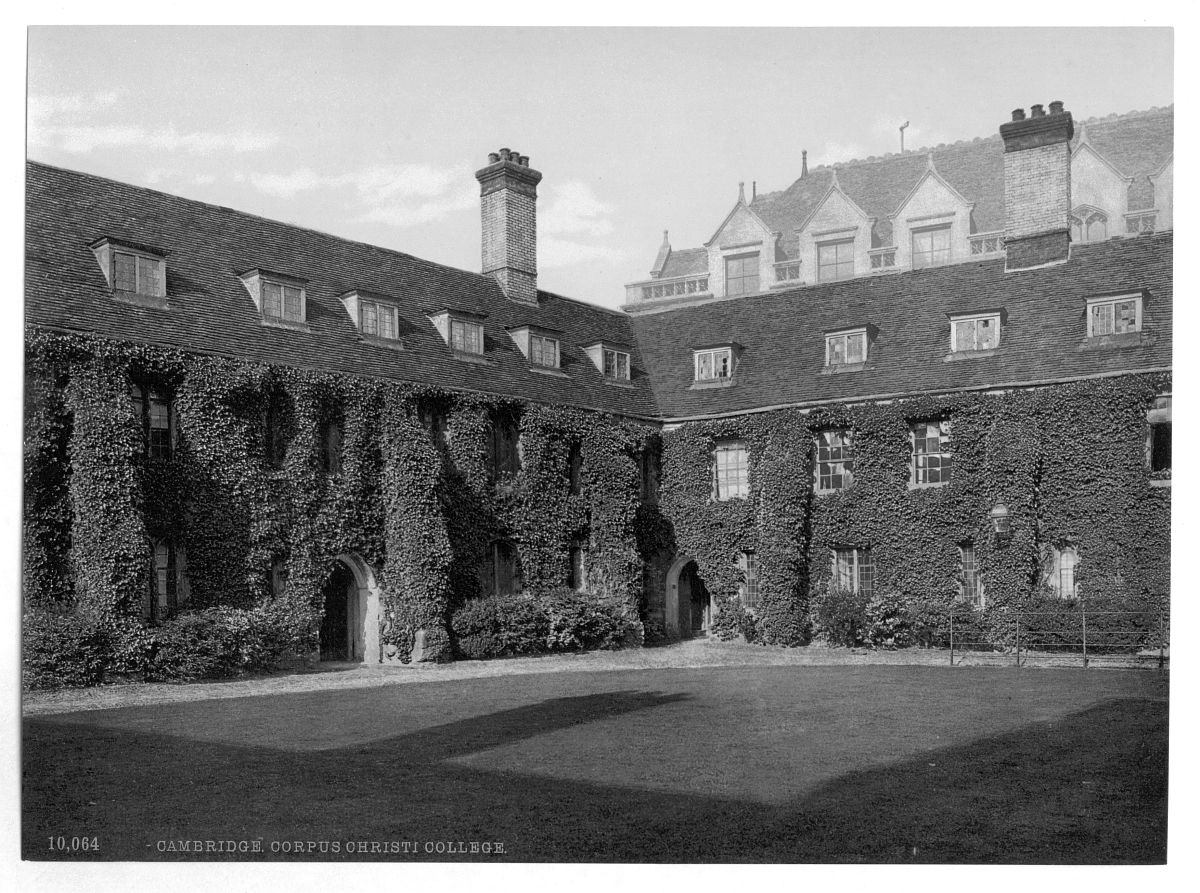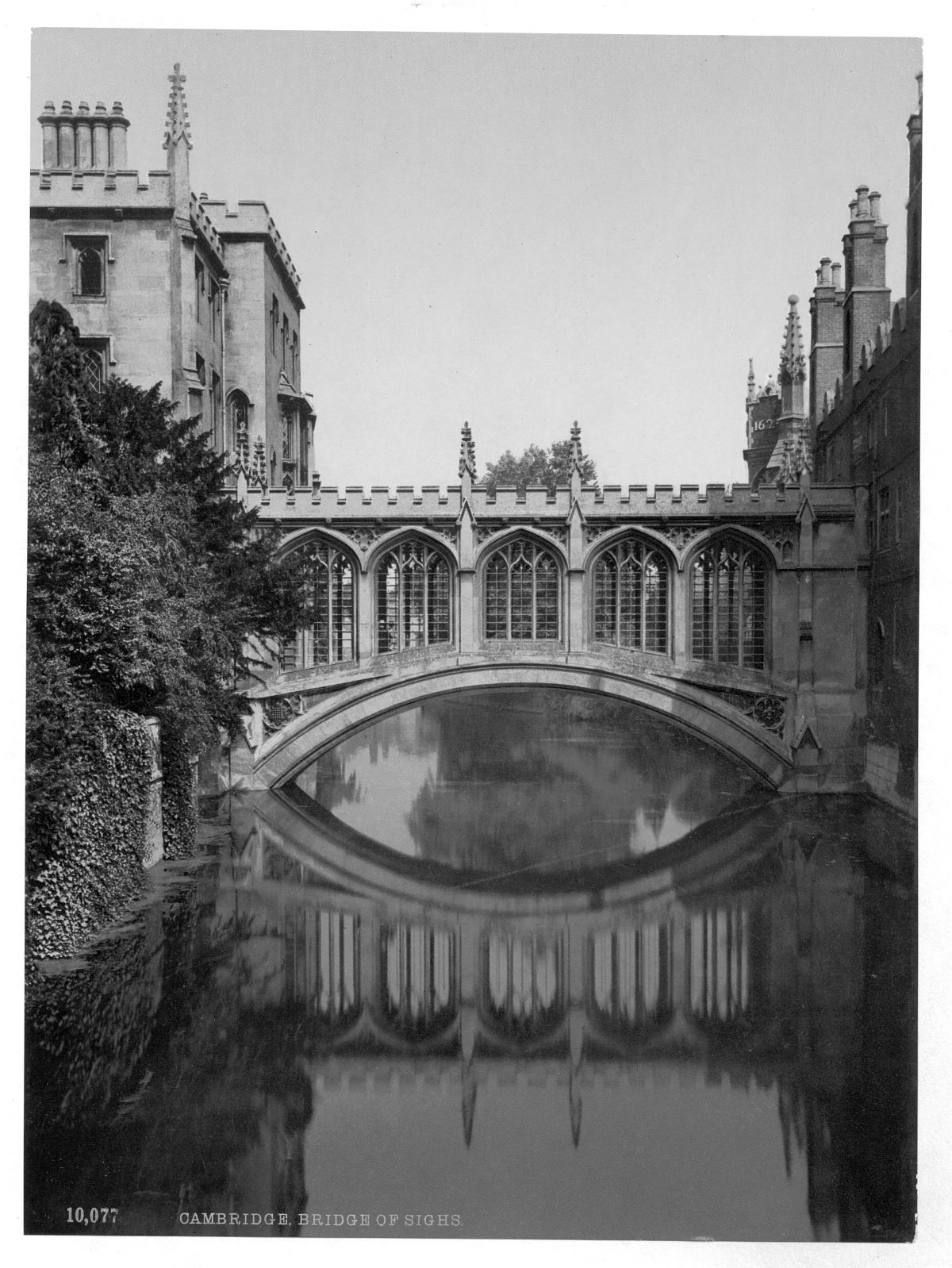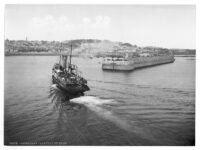During the Victorian era (1837-1901), Cambridge experienced significant transformations, influenced by industrial progress, academic advancements, and social change. The city, renowned for its prestigious university, was a hub of intellectual activity, attracting scholars from across Britain and beyond. However, life in Cambridge was not solely defined by academia; it was also a place of bustling markets, growing industries, and evolving social structures.
The streets of Victorian Cambridge were a fascinating blend of tradition and modernization. The cobbled roads were lined with horse-drawn carriages, and gas lamps illuminated the evening streets. Market Square was a focal point of daily life, where vendors sold fresh produce, meats, and textiles to both townspeople and students. Alongside this vibrant trade, small workshops and factories emerged, bringing new employment opportunities and economic growth.
The expansion of the railway in the mid-19th century connected Cambridge to London and other major cities, facilitating trade and travel. This development led to an increase in population, as more people moved to the city in search of work and education. However, this rapid growth also brought challenges, such as overcrowding in working-class districts and concerns over sanitation and public health.
The University of Cambridge remained central to the city’s identity, with its colleges maintaining their medieval architecture and traditions. Students, clad in academic gowns, were a common sight as they hurried between lectures, libraries, and social gatherings. The relationship between the university and the local townspeople was complex—while the institution brought prestige and economic benefits, there were often tensions, particularly over issues of governance and social hierarchy.
Cultural life in Victorian Cambridge flourished. Theaters, musical performances, and public lectures provided entertainment and education. Societies and clubs dedicated to science, literature, and the arts attracted both academics and the general public. Additionally, the period saw the rise of philanthropic efforts, with charitable organizations working to improve living conditions for the city’s poor.
Despite the stark contrasts between wealth and poverty, tradition and progress, Victorian Cambridge was a city of dynamism and resilience. It balanced its historical heritage with the demands of modernization, shaping it into the thriving intellectual and commercial center that it remains today.

